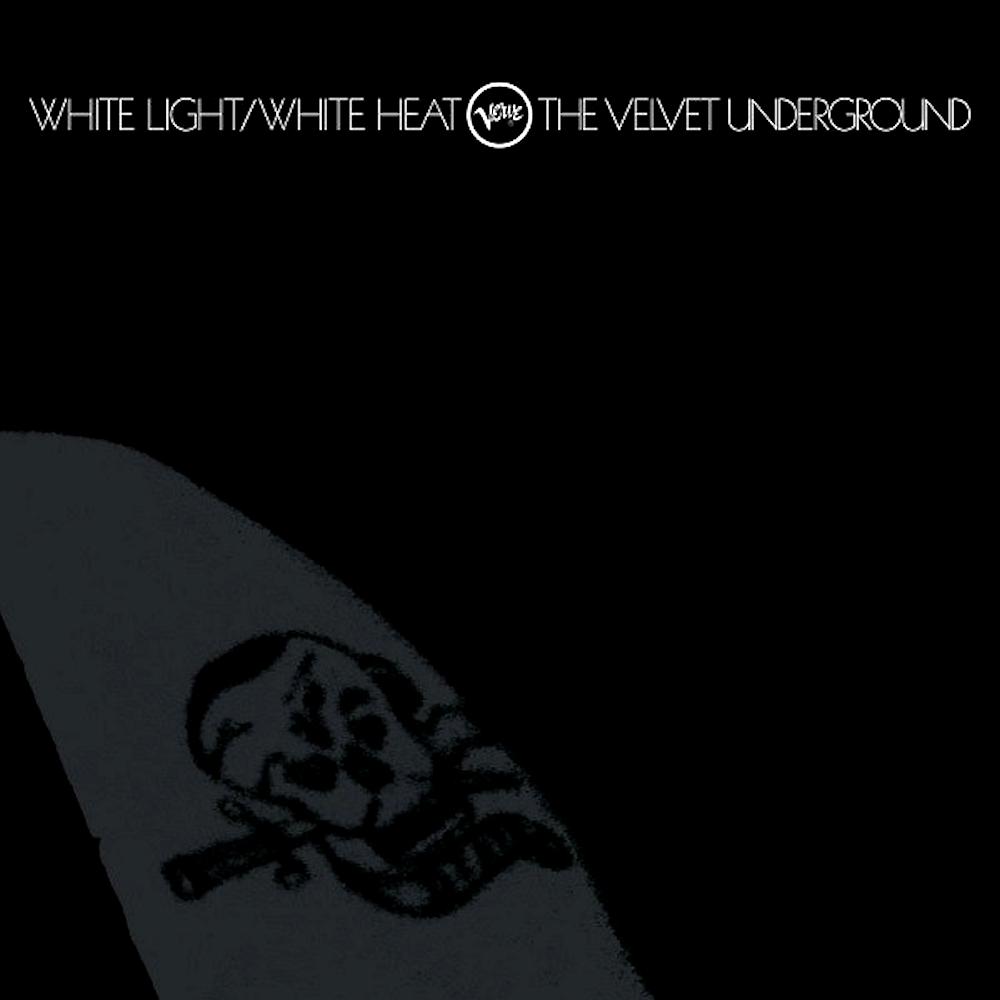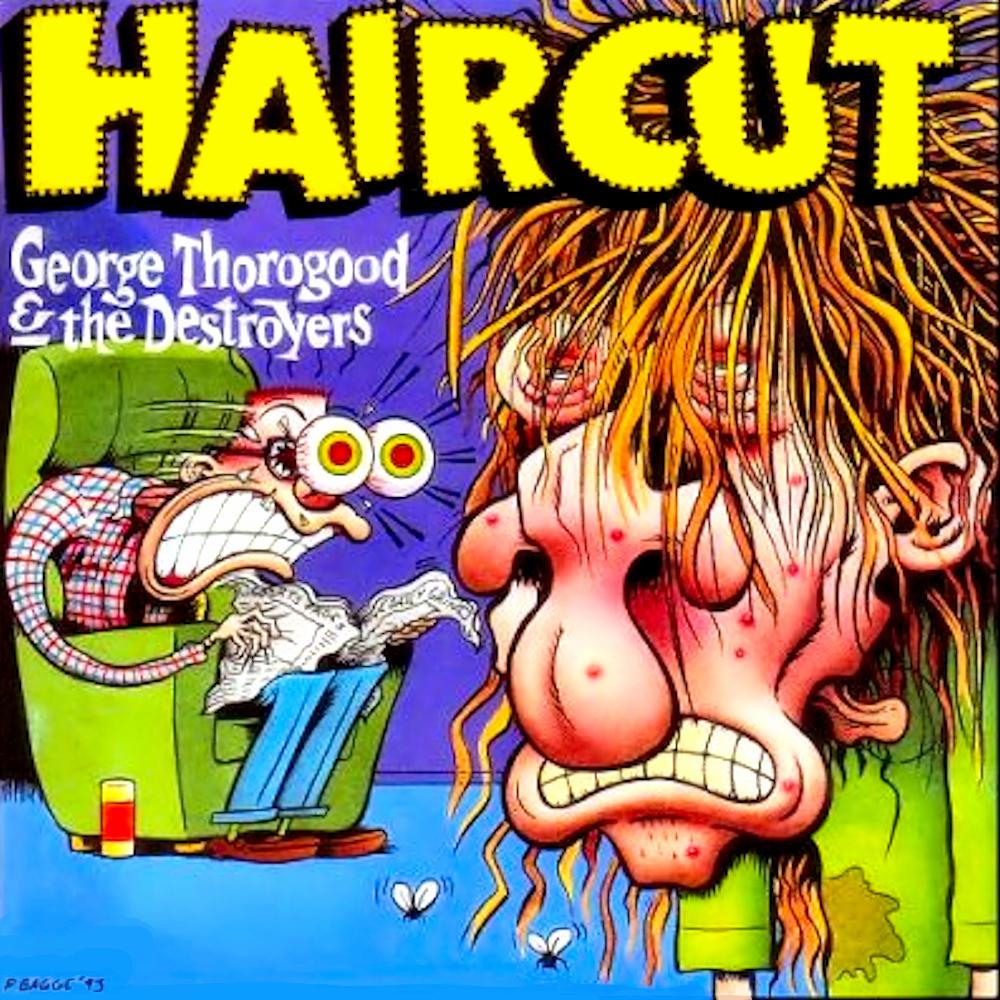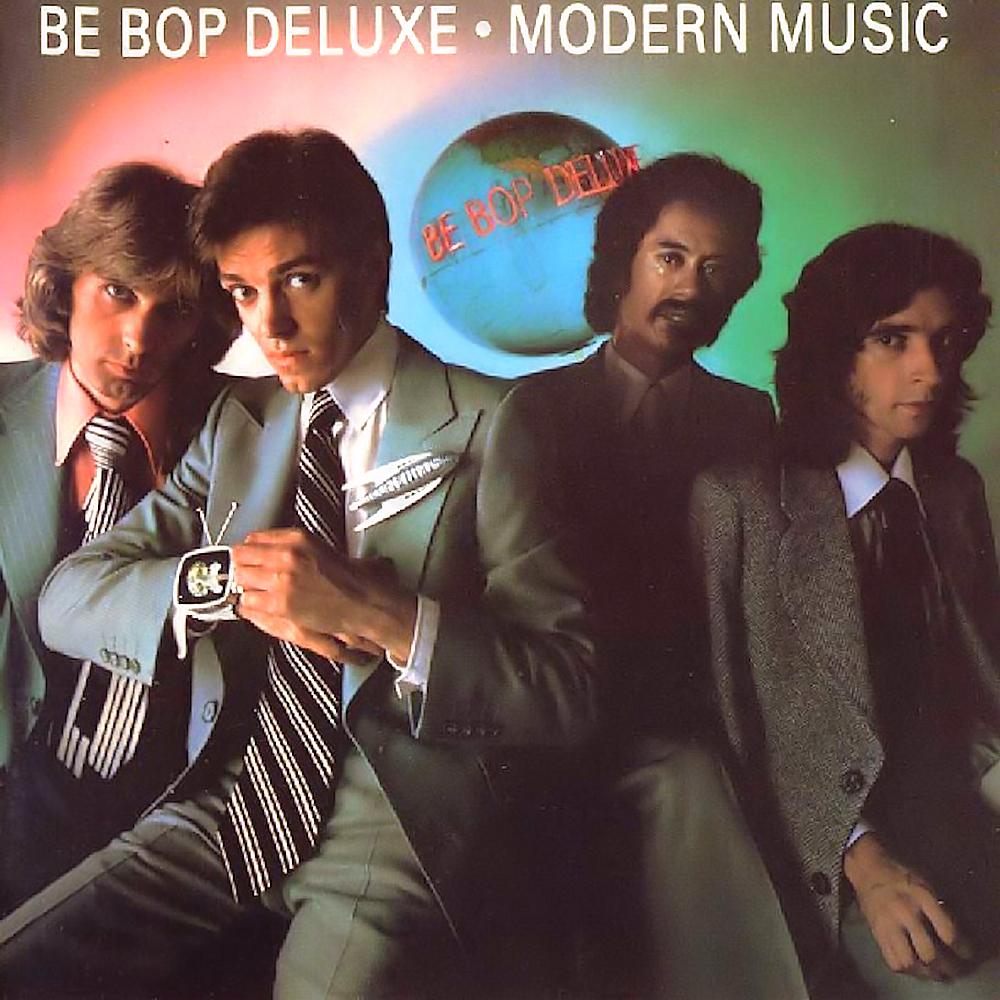
Album Information:
Album ID: 10313
About The Velvet Underground:
The Velvet Underground was an experimental rock band formed in New York City in 1964. The band consisted of four members, Lou Reed (vocals, guitar), John Cale (bass, viola), Sterling Morrison (guitar), and Maureen Tucker (drums).
The band was heavily influenced by artist Andy Warhol, who became their manager and helped them gain publicity. Warhol's involvement also led to the addition of German model Nico as a vocalist on their debut album.
The Velvet Underground released their self-titled debut album in 1967, which was met with mixed reviews but has since become a classic and influential album in rock history. The album tackled controversial topics such as drug addiction, prostitution, and sadomasochism, and featured raw and experimental instrumentation.
Their second album, 1968's 'White Light/White Heat,' was even more experimental and featured longer, improvised tracks. However, it received even more negative press and failed to achieve commercial success.
The departure of John Cale in 1968 led to a change in the band's sound, with Lou Reed taking a more dominant role. Their third album, 'The Velvet Underground' (1969), showcased a more atmospheric and introspective sound.
The band continued to release albums throughout the 1970s, with Lou Reed leaving the band in 1970 to pursue a solo career. Despite never achieving commercial success during their time together, The Velvet Underground has been highly regarded as one of the most influential and innovative bands in rock history, inspiring countless artists in the decades since their dissolution.
About the album White Light White Heat:
White Light White Heat is the second album by the American rock band The Velvet Underground, released in 1968. It is often cited as one of the band's most influential albums, both for its experimental approach to rock music and for its prominent place in the history of underground music.
The album opens with the title track, 'White Light/White Heat,' a fast-paced, discordant rocker that sets the tone for the rest of the record. The song features Lou Reed's frenzied vocals and John Cale's screeching electric viola, creating a chaotic soundscape that stands in stark contrast to the polished pop music of the time.
The album's second track, 'The Gift,' is a spoken-word piece narrated by John Cale, with a musical backing that slowly builds in intensity. The story tells of a man who mails himself to his girlfriend in a box, only to be accidentally killed by a knife she uses to open the package. It's a macabre tale that highlights Reed's dark and often disturbing lyrical themes.
Other tracks on the album include 'Lady Godiva's Operation,' which features a pulsating bassline and eerie organ sounds, and 'Here She Comes Now,' a simple but catchy tune with cryptic lyrics. The album's longest track, 'Sister Ray,' is a 17-minute epic that verges on noise rock, with a driving beat and highly distorted guitars.
While White Light White Heat was not a commercial success upon its release, it has since become a cult classic and is often regarded as one of The Velvet Underground's most important albums. Its influence can be heard in the work of countless artists in the years since its release, and its uncompromising approach to music has made it a touchstone for fans of avant-garde and experimental rock.
Members:
The Velvet Underground was an American rock band formed in New York City in 1964. The band was known for their avant-garde style and their influence on the development of punk rock in the 1970s. The key members of the band were:
1. Lou Reed - Lou Reed was the lead vocalist, guitarist, and primary songwriter for The Velvet Underground. He was born on March 2, 1942, in Brooklyn, New York. Reed started his music career as a staff songwriter for Pickwick Records before forming The Velvet Underground in 1964. He wrote many of the band's songs that explored taboo topics such as drugs, sex, and violence. Reed continued to have a successful solo career after leaving the band in 1970. He died on October 27, 2013, in Southampton, New York.
2. John Cale - John Cale was a multi-instrumentalist who played the viola, keyboard, and bass guitar for The Velvet Underground. He was born on March 9, 1942, in Wales. Cale studied at Goldsmiths College and then moved to New York City in the early 1960s. He met Reed and formed The Velvet Underground in 1964. Cale's experimental approach to music was a significant influence on the band's sound. He left The Velvet Underground in 1968 to pursue a solo career and continued to release albums throughout his career.
3. Sterling Morrison - Sterling Morrison was the guitarist and co-founder of The Velvet Underground. He was born on August 29, 1942, in East Meadow, New York. Morrison met Reed while studying at Syracuse University and later formed The Velvet Underground with him. Morrison's guitar playing was an essential part of the band's sound. He continued to perform and record with various bands after The Velvet Underground disbanded.
4. Maureen Tucker - Maureen Tucker was the drummer for The Velvet Underground. She was born on August 26, 1944, in Levittown, New York. Tucker joined the band in 1965, and her minimalistic drumming style became a trademark of The Velvet Underground's sound. She also sang on several of the band's songs. Tucker continued to perform and record music after leaving the band in 1970.
5. Doug Yule - Doug Yule was a guitarist, bassist, and keyboard player who joined The Velvet Underground in 1968. He replaced John Cale, and his more straightforward approach to music helped the band achieve a more accessible sound. Yule played on the band's final two albums, 'The Velvet Underground' and 'Loaded.' After the band disbanded, he continued to perform and record music with other bands.
Track List for White Light White Heat:
1. 'White Light/White Heat' (2:46) - The title track sets the tone for the album with a fast and aggressive guitar-driven sound, featuring distorted vocals and a chaotic instrumental break.
2. 'The Gift' (8:19) - One of the most unusual tracks in the Velvet Underground's catalog, 'The Gift' features a spoken-word story about a man named Waldo who mails himself to his girlfriend but ends up getting accidentally killed by her new boyfriend. The instrumental track provides a jarring contrast to the narrative, with off-kilter guitar riffs and percussion.
3. 'Lady Godiva's Operation' (4:52) - A dark and twisted track that tells the story of a botched lobotomy, with lyrics that describe the procedure in graphic detail. The music is equally unsettling, with dissonant guitars and a discordant piano solo.
4. 'Here She Comes Now' (2:04) - A brief respite from the album's heavier content, 'Here She Comes Now' is a simple and melodic love song with straightforward lyrics and a catchy guitar riff.
5. 'I Heard Her Call My Name' (4:40) - One of the most intense tracks on the album, 'I Heard Her Call My Name' features a frenzied guitar solo by Lou Reed and distorted vocals that barely rise above the wall of sound created by the band.
6. 'Sister Ray' (17:27) - The longest and most epic track on the album, 'Sister Ray' is a sprawling improvisational jam that tells the story of a group of people who get involved in a wild, drug-fueled party and end up getting into a violent altercation. The music is a cacophony of distorted guitars, pounding drums, and a repetitive organ riff that builds to a chaotic climax.
Discography for The Velvet Underground:
Here is the complete discography of The Velvet Underground:
Albums:
1. The Velvet Underground & Nico - Released March 12, 1967
2. White Light/White Heat - Released January 30, 1968
3. The Velvet Underground - Released March 1969
4. Loaded - Released August 1970
5. Squeeze - Released February 1973
Singles:
1. 'All Tomorrow's Parties' b/w 'I'll Be Your Mirror' - Released July 1966
2. 'Sunday Morning' b/w 'Femme Fatale' - Released December 1966
3. 'White Light/White Heat' b/w 'Here She Comes Now' - Released January 1968
4. 'The Gift' b/w 'Lady Godiva's Operation' - Released March 1968
5. 'I Heard Her Call My Name' b/w 'Beginning to See the Light' - Released November 1968
6. 'What Goes On' b/w 'Jesus' - Released August 1969
Other releases:
1. 'Peel Slowly and See' (Box Set) - Released September 26, 1995
2. 'Loaded: Re-Loaded 45th Anniversary Edition' (Box Set) - Released October 30, 2015
3. 'The Complete Matrix Tapes' (Box Set) - Released November 20, 2015
Note: Some of their live and compilation releases are not included in this list.


 Last Played: 11/01/24 04:19 AM
Last Played: 11/01/24 04:19 AM Last Played: 11/01/24 04:15 AM
Last Played: 11/01/24 04:15 AM